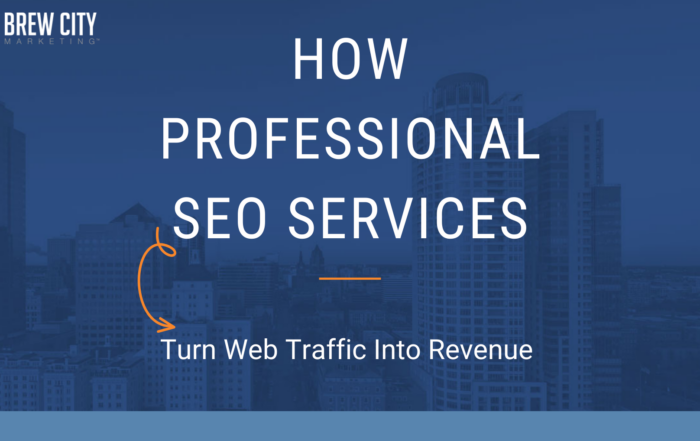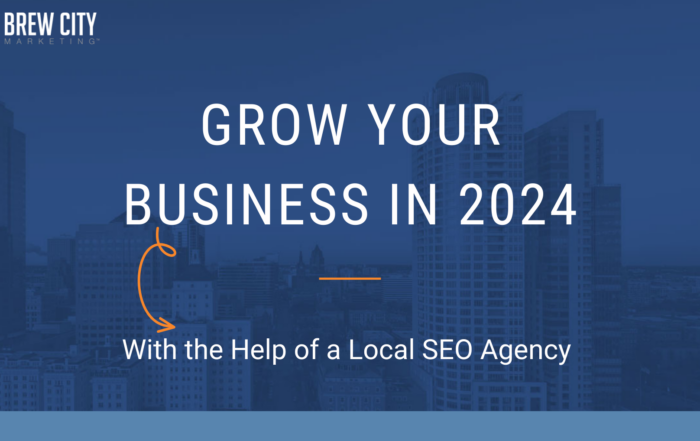The profession of a web designer is heterogeneous, versatile, closely related to various sciences and technologies. Knowledge of design is deep and rich, implies a solid store of knowledge and skills in many areas, including psychology. Psychology is actually a very vast and complex science, with a huge number of sections, and it is quite closely related to design. Indeed, in fact, the main goal of design is to increase the “significance” of the product in the eyes of the user, and design psychology studies the basic mechanisms by which our consciousness works.
Psychological aspects of design
There is no need to prove the connection between psychology and web design. This is obvious, if only because the transmission of information through the means of Internet resources has clear laws and principles of perception, based on the same laws according to which psychology is applied in practice in everyday life, business, advertising, and relationships between people, in the end. What’s important here? Colour, text, graphics …
The visitor enters the site, begins to consciously and subconsciously read information. The feelings that awaken at the same time are actually a psychological reaction – positive, negative. All this can be calculated, analysed, corrected – you just need to know-how.
As usual, nothing needs to be invented. For tens of years, scrupulous scientists have been collecting knowledge, forming effective conclusions, reflecting the information obtained in tons of works on psychology for all occasions.
To succeed, you just have to correctly dispose of this knowledge and apply it in practice in order to influence the mood and behaviour of your visitors, in general, to control the situation.
Most important psychological laws in design
In fact, in our life, we are faced with a huge number of marketing and design “gadgets” based on psychological principles, and today we will talk about the main ones, namely:
- Miller’s law
- Hick’s Law
- Jacob’s Law
Let’s take a look at them in order.
Miller’s law
George Miller is a “very smart guy”, he was able to establish a rather interesting property of our mind: an average person can store in his short-term memory about 7 ± 2 elements (by the way, one of the consequences of this phenomenon is that a person uses in his daily life at the same time about 3 objects). The consequence of this phenomenon in design is fragmentation.
Fragmentation
Fragmentation is the division of an object into many parts. In design, this is expressed in the selection of groups of elements:
- Frames around newspaper articles
- Type of telephone number
- Where blocks of three digits are highlighted
- Even a keyboard on which several zones are allocated
All this allows our brain to more quickly and accurately assimilate information, remember what it saw.
Hick’s Law
This pattern of human consciousness was identified by William Edmund Hick and Ray Hyman, its main essence can be expressed in the phrase – complexity in simplicity. This law says that the more we come across elements that influence our consciousness, the more time is allotted to react to them, a kind of “ancestor” of Miller’s law.
Example
The most understandable example is the modern settings of any browser. Initially, going into the settings, we see several tabs, by going through which we open all the new options and find the value we need pretty quickly. But imagine that all the options will be thrown into a heap. Search time will increase noticeably, won’t it? This is a clear example of both Hick’s law and its solution.
Jacob’s Law
This law is perhaps the most widespread in our life. It was formulated recently, in 2000, and its main essence is that users expect from a site the same design and functionality that they have already met (meaning sites of a certain subject).
Why is there a redesign?
Surely you have a question why the design of sites and large resources is being updated because it goes against this law and so on. In fact, the reason is that the human brain quickly switches to a new model, but it still takes a little time. And in order to give it to users, a fairly simple way is used: letting them choose the version of the site they want to be on. And before the updates themselves, various votes are created in order to take into account the opinion of the majority in the redesign.
4 ingredients for success
There are only four main components in web design that significantly affect the psychology of user behaviour:
- Space.
- Content.
- Text formatting.
- Colour.
You need to learn how to operate them perfectly, then you will never have problems with creating popular resources. Let’s go in order.
Space
The organisation of the space of each web page of the future site is the main stumbling block, both at the stage of training and at moments of creative crises for already experienced masters. Space is a priority for any project; every centimetre must be taken into account.
For example, a “white space”, a part of the canvas without visual filling. This is an indispensable element, its task is to increase concentration on important accents, rest for the eyes, etc. You should not ignore it. Or the “principle of minimalism”, which obliges to minimise everything that is blinking, chaotic, and too complex for the perception of secondary importance.
Content
The design frames the content in the required frame. Let’s not forget that visitors come to the site for information first of all, and only then for creating special effects and other tinsel. Everything matters: the number of characters on the page, line width, indents, headings, etc.
Do not obscure the text with visualisation, give each element its own place. Keep track of the purity of the content, the correctness of the links, the relevance of the data provided, the absence of elementary typos. All this can negatively affect the attitude towards your brand, and, by the way, transfer from the web to the real space.
Text formatting
Let us remind you once again that the design of the text can cause much more resentment among visitors than even not very relevant information in it. Sydney SEO Experts advise that you don’t have to chase all the achievements of SEO and CSS at once, implement all possible fonts, bells and whistles and framing letters in one project.
Each style has its own common font: official, solid, academic, news, technical, futuristic, sophisticated, prestigious, etc. Learn to catch this fine line between the two.
Further, the construction of the text, its readability by means of intervals, paragraphs, the air in lines, sizes. Typography also touches on the issues of colour solutions in texts, on what background to write in what colour, how not to ruin your site even before its birth.
Colour
The psychology of colour in web design is generally a very responsible and extensive topic. Colour can convey everything: feelings, emotions, convey the most important things. Modern designers rarely (especially when it comes to commercial projects) experiment with colours, for most cases, they have already been selected and are working successfully. Here are a couple of examples:
- Sites dedicated to natural cosmetics or household chemicals are 60% green – this helps to associate them with nature;
- Hi-tech sites use blue – reliable and confident;
- if it is a culinary site, 70% will be beige, causing appetite and associations with airy cream;
- Yellow is energy, you need to look for it on sites about outdoor activities, sports, especially in combination with grey and turquoise.
Colour riddles: answers are near
There are many factors that affect how a person perceives information:
- Someone processes visuals more easily;
- It is better for someone to hear the information;
- And someone perceives phenomena exclusively tactile.
But with all this, the psychology of the influence of colour works in approximately the same way for everyone. This is due to the world around us, natural phenomena that have the same colour in all corners of the world.
For example, red is dangerous, white is pure, orange is warm, etc. Each shade has an emotional colour, so we can safely say that the psychology of colours in web design is not an empty phrase, but a working scheme.
As a web designer, what should you learn in this direction?
First, the psychology of the behavioural factors of various categories of users. You need to know: who is looking for it, why is looking for it, how they react to colour signals, etc.
Secondly, the rules for developing site design, taking into account the psychology of your specific target audience.
Third, the basics of colour coding information. For example, the most effective current methods are encoding by size, slope, brightness, spatial orientation, and shape.
Fourth, methods of focusing and building an associative array.
Fifth, the basics of design analysis in terms of attractiveness to users.
Conclusion
If you want to always achieve the task at hand when developing projects for various sites, you cannot do without knowledge of design psychology. You need to create your own unique set of tools through which you will influence visitors. In the end, this knowledge will come in handy not only in the field of full-scale web design but, for example, in working with logos.



